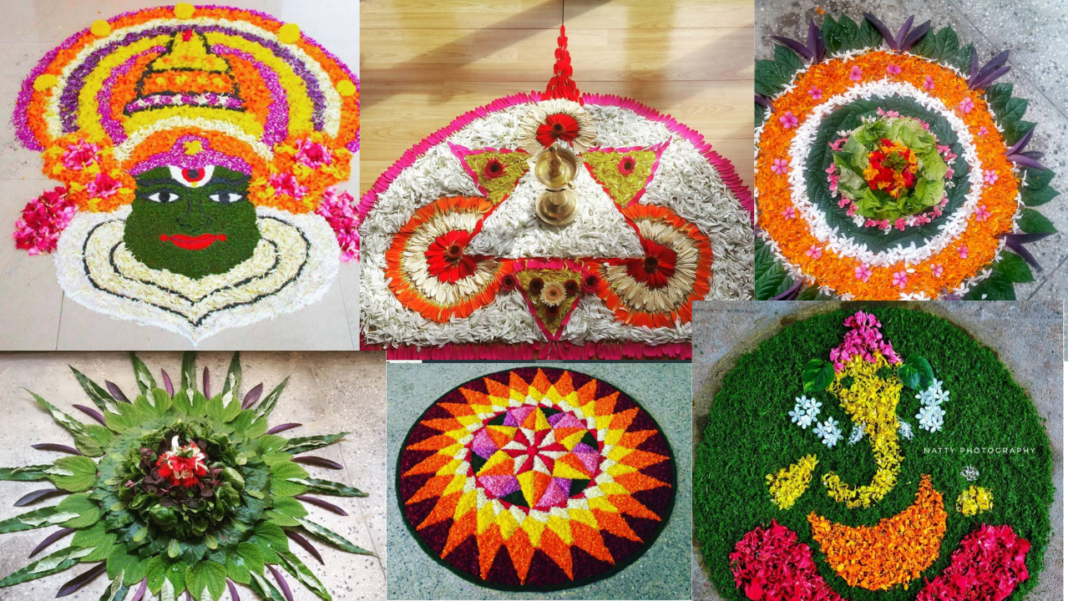Onam 2023: Exploring 7 Fascinating Facts About the 10-Day Festival
Onam holds great importance as a rice festival observed across Kerala, signifying the commencement of the Malayalam year known as Kollavarsham.
Onam, alternatively referred to as Thiru-Onam or Thiruvonam, is an annual 10-day harvest festival celebrated in the state of Kerala. Commencing on August 20th this year, the festivities will conclude on August 31st. Let’s delve into captivating aspects of Onam that contribute to its distinctive significance.
Also Read:- Onam 2023 Celebration Ideas
The celebrations commemorate the return of the legendary King Mahabali, who is held dear as the sovereign by the people of Kerala. Every year, the king revisits his subjects to ensure their happiness.
Also Read:- Onam 2023: History, celebrations and More.
A distinctive and customary dance known as Kaikotti Kali, or Thiruvathira Kali, becomes the focal point of attention during the festival.

During Onam, a traditional feast called Onam Sadhya takes prominence. This grand meal is served on a banana leaf and comprises over 24 items, occasionally even extending to an impressive array of 64 dishes.

Pulikali (Tiger dance): This traditional folk dance takes place on the fourth day of the Onam festival. During this occasion, participants transform themselves into tigers by adorning their faces and bodies with distinctive yellow, red, and black stripes. Accompanied by the beats of traditional percussion instruments like thakil, udukku, and chenda, they dance with fervor to the rhythm.

Onam pookalam is a floral decoration that is made in front of homes to welcome the king’s spirit.

The Aranmula Boat Race, also known as Aranmula Uthrittathi Vallamkali, stands as a significant and cherished spectacle. It is one of Kerala’s oldest and esteemed boat races, taking place on the day of the Uthrittathi asterism.

Pulikali, also known as the Tiger dance, is a traditional folk dance that takes place on the fourth day of the Onam festival. On this particular day, participants dress up as tigers, painting their faces and bodies with yellow, red, and black stripes resembling the tiger’s pattern. They then dance to the beat of traditional percussion instruments like thakil, udukku, and chenda.
Get more updates from Health and Fitness, Blog, Web series along with Latest Entertainment and Fashion and Home Decor at Lil News.com






